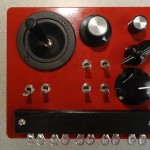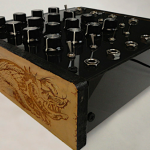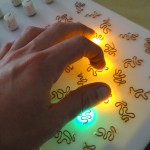This assignment is, as announced in lecture, in two parts.
1. Choose a song or piece of music you know (or think you know!) well. Analyze the song in terms of its form and progression in time, listening carefully to how its inner details might aid in this progression. What do you think makes the music tick? What makes it move forward? What are the instruments and/or sounds and how do they develop? Are there small details, momentary or otherwise unnoticed, that you thing are important?
The result should be a diagram, in letters or symbols, of the form of the music plus a brief verbal description. This need not be any more than a few paragraphs to a full page, describing what you perceive to be the driving factors in the music.
2. A short re-mix using the materials provided below, taken from CCMixter.com. This should not be a time-consuming exercise as many of the raw materials will work nicely with one another without effort, but consider the relationships not only of simultaneity but also in time. Think about the form as a compositional strategy: how could/should the music unfold?
Turn in the resulting WAV or AIFF audio file along with a brief description of your re-mix. Did you follow or attempt to follow a particular form? Or was the result serendipitous? If so, can you make some brief observations about the result?
Here are the links to download content:
– Instrumental tracks
– Vocal tracks
The original artist page on CCMixter is here.
These materials are available under a Creative Commons “Attribution / Non-commercial” license, meaning:
You are free to: “share”—-copy and redistribute the material in any medium or format, and “adapt”–remix, transform, and build upon the material. You must give appropriate credit, provide a link to the license, and indicate if changes were made. You may do so in any reasonable manner, but not in any way that suggests the licensor endorses you or your use. You may not use the material for commercial purposes.



















